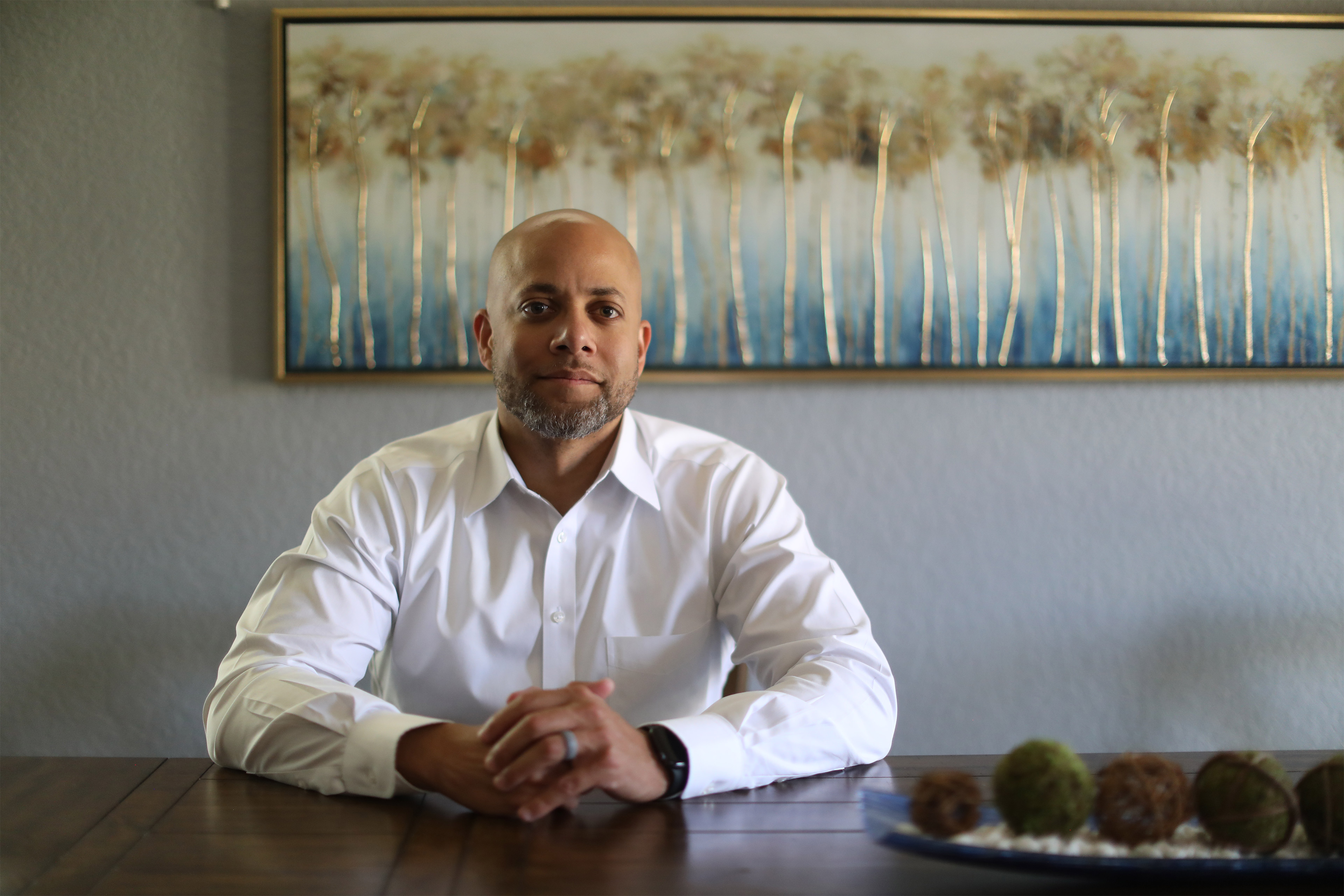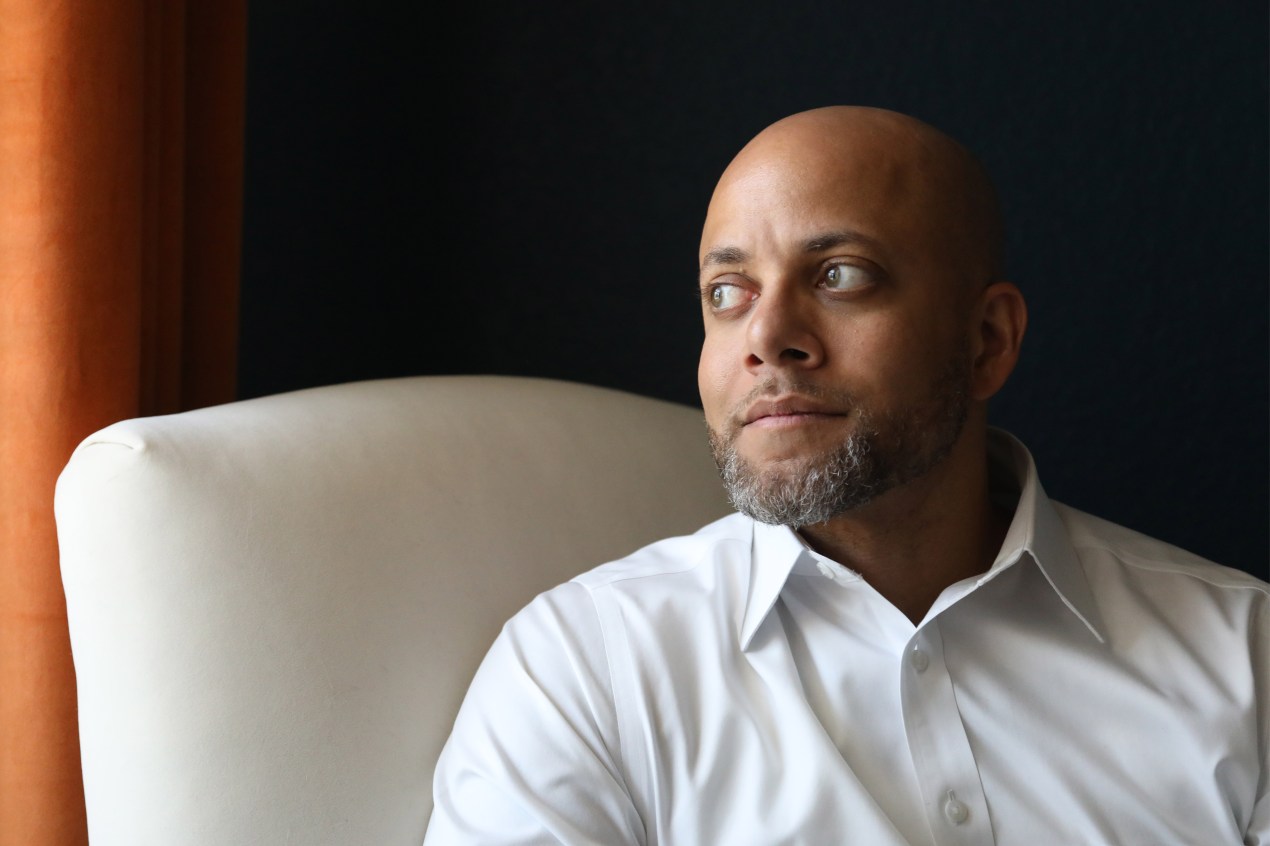If you or someone you know may be experiencing a mental health crisis, contact the 988 Suicide & Crisis Lifeline by dialing or texting “988.”
After her teenage daughter attempted suicide and began to cycle through emergency rooms and mental health programs during the past three years, Sarah Delarosa noticed her own health also declined.
She suffered from mini strokes and stomach bleeding, the mother of four in Corpus Christi, Texas, said. To make things worse, her daughter’s failing behavioral and mental health caused Delarosa to miss hours from her job as a home health aide, losing out on income needed to support her family.
“Access to help, when it’s needed, it’s not available,” said Delarosa, about the hopelessness she felt as she sought support for Amanda, 16, who has been diagnosed with bipolar disorder, oppositional defiant disorder, and attention-deficit/hyperactivity disorder. Amanda has at times lashed out in anger or shattered light bulbs and used the broken glass to cut herself.
Delarosa often feels overwhelmed, and she has noticed her youngest son acting out. “Now we have a whole family that needs help,” she said.
A national shortage of mental health care providers, and the search for affordable care, has exacerbated strain on parents, often the primary caregivers who maintain the health and well-being of their children. Their day-to-day struggle has led to its own health crisis, say psychologists, researchers, and advocates for families.
As parents navigate the mental health care system’s shortcomings, stress can start to take a physical and mental health toll that disrupts their ability to continue providing care, said Christine Crawford, the associate medical director at the National Alliance on Mental Illness, an advocacy group that helps families find care. Parents pour their energy into helping their kids, often at the expense of their own health, Crawford said.
“When you are worrying about whether or not your child is going to survive the day, you are constantly living on edge,” she said. “Your fight-or-flight is constantly activated.”
And the number of parents in crisis is greater than it seems.
Recent reports from the Centers for Disease Control and Prevention, the surgeon general’s office, and medical providers all show an alarming number of kids in the U.S. are experiencing severe mental health challenges. About 40% of U.S. parents with children younger than 18 say they are extremely or very worried their children might struggle with anxiety or depression at some point, according to a January study from the Pew Research Center.
Evidence-based therapies to address a child’s mental health should include the parents, say researchers and pediatric mental health specialists. But the focus on the adult caregivers and their anxiety and stress too often falls short. For example, parent-child interaction therapy coaches parents to manage their young child’s behavior to prevent more severe problems in the child later on. While this may help the child, it doesn’t directly support the parent’s health.
“I have so many parents sit across from me on the couch and cry,” said Danielle Martinez, a behavioral health specialist at Driscoll Children’s Hospital in Corpus Christi. The hospital is creating peer support groups, to launch by the fall, for family members whose children are under the facility’s care.
“They felt so alone, felt like bad parents, felt like giving up,” Martinez said, “and then felt guilty for wanting to give up.”
When the parent’s mental and physical health deteriorates, it complicates their ability to prevent the child’s condition from getting worse, said Mary Ann McCabe, a member of the board of directors at the American Psychological Association, an associate clinical professor of pediatrics at the George Washington University School of Medicine, and a psychologist in independent clinical practice. Parents are a kid’s most important resource and need to be a concern, she said.
Delarosa said many residential treatment centers cited a shortage of providers in refusing to admit her daughter. Amanda, who is covered through Medicaid, would be on weeks-long waiting lists while she “spiraled out of control,” running away from home and disappearing for days, said her mom.
In April, Amanda was admitted to an inpatient residential treatment facility nearly 200 miles away, in San Marcos, Texas. With Amanda away, Delarosa said, she had a “chance to breathe,” but the reprieve would be temporary. She wants to see a therapist but hasn’t had time amid the demands of caring for Amanda and her youngest child, a son. Before Amanda left for treatment, her 7-year-old brother started cussing, throwing and breaking objects in the home, and saying things like he wished he weren’t alive, though his behaviors settled down while his sister was away.
Other parents also said they are feeling the strain on their mental and physical health.
“The children are in crisis. But the families are also in crisis,” said Robin Gurwitch, a professor in psychiatry and behavioral sciences at Duke University. “They are struggling to figure out how best to help their children in a system that doesn’t come with a manual.”

Brandon Masters, a middle school principal in San Antonio, developed a rash on the back of his arms and neck last year that he says his doctor told him was connected to stress.
Even though he is insured through his job, Masters estimates he paid about $22,000 last year on care for his teenage son Braylon, who spent 60 days in residential treatment centers in Texas and California following a diagnosis of bipolar disorder. Braylon spent an additional month in juvenile detention later in 2022 after he bit his dad and brandished a knife. So far this year, Braylon, now 17, has attempted suicide twice, but Masters has been unable to find a residential treatment center he can afford and that will admit Braylon.
“There is this huge wave of anxiety that comes over me that makes it difficult to be around him,” Masters said.
Anne Grady’s 20-year-old son has autism, severe mood disorder, developmental delays, and other conditions. For nearly 17 years he has been on a Texas waiting list to receive full-time care.
Grady, who lives in a suburb of Austin, Texas, developed a tumor in her salivary glands and temporary facial paralysis, which added to the stress she faced navigating care for her son.
“It’s mentally exhausting for families,” Grady said. The lack of care is “punishing the kids and punishing for families,” she said.
Medicaid is the state-federal program that pays medical and other health-related bills for low-income and disabled people. Yet while many state Medicaid programs pay for family therapy and parenting programs, they don’t address the parent as an individual patient affected by their child’s health under a child’s plan, said Elisabeth Burak, a senior fellow at Georgetown University’s Center for Children and Families. Parents who live in one of the 10 states that haven’t expanded Medicaid, including Texas, face an additional challenge getting care for their own mental health.
Still, states are starting to recognize that caregivers need more support. Many states allow Medicaid to cover services from certified family peer specialists or navigators, who have experience raising a child with mental illness and additional training to guide other families. In July, California awarded money to support parents as part of a child mental health initiative.
“The most important thing that we should give families is a sense of hope that things will get better,” said Gurwitch. Instead, the lack of quality mental health care services for youth exacerbates their risk for illnesses. Without appropriate help, these conditions follow a child — and their parents — for years, she said.
With Amanda returning home from the residential treatment program this month, Delarosa worries she won’t be equipped to manage her daughter’s bouts of depression.
“It’s the same thing over and over, nonstop,” Delarosa said. “I have driven myself crazy.”
When Grady’s son turned 18, she acquired continued guardianship so she could continue arranging his care outside their home. “I love him more than anything in the world, but I can’t protect him,” she said.
Masters, whose skin conditions have worsened, is just trying to get Braylon through his final year of high school, which starts this month. He’s also renewing his search for a residential treatment center, because Braylon’s negative behaviors have escalated.
“When they are born, you have all these dreams for your kids,” said Masters. Instead, health professionals who have cared for Braylon told Masters, he needs to be prepared to look after his son even after he finishes high school. “No parent wants to hear that,” he said.







